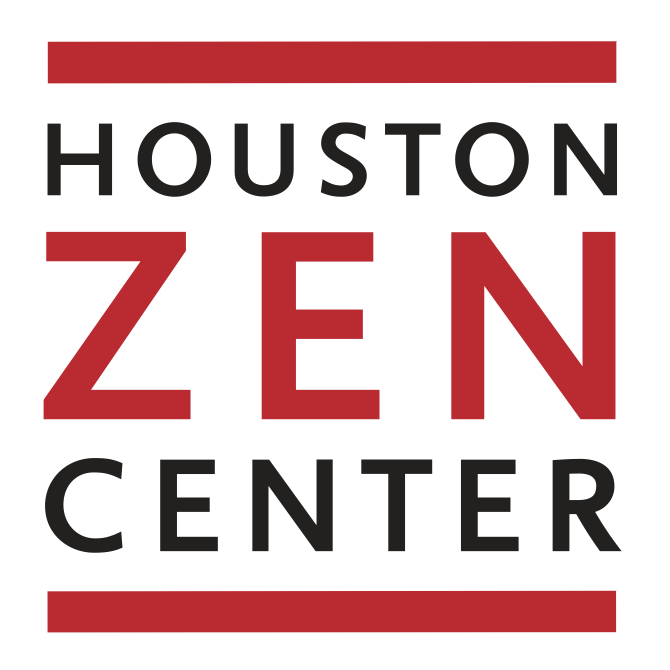Frequently Asked Questions
What should I wear?
Dress in subdued colors with knees and shoulders covered, wearing loose fitting clothing so that you can be comfortable in sitting meditation.
What am I expected to pay?
Meditation is offered freely, but donations are welcome. You can drop donations in the donation box on the foyer table.
Why is bowing done so often?
Zen Buddhists bow often as a way to show respect for one another and for the practice we are engaged in. Bowing is a way for us to renounce self-importance and offer our loving-kindness to one another. Please see this excellent essay on bowing, written by Taizan Maezumi Roshi with John Daishin Buksbazen.
How do I know when I'm supposed to bow?
There are particular times when we always bow, but we don't expect newcomers to know this or to follow our bowing practice until they have decided to become part of our community. Some of our members do not follow the bowing practice and that's okay. As you attend various functions, just watch others and gradually you will pick up when to bow. You could also ask a practice leader and they will show you.
What happens during service?
During service, we chant together, do full prostration bowing, and pay homage to the ancestors of our lineage. If you are new to service, please let someone know you would like guidance. Someone will sit beside you and show you the way. This practice is very much an embodied practice, so we learn by being together, following the lead of experienced practitioners, and watching the mind as thoughts of perfection or failure arise.
What is the small cloth square that practitioners wear?
It’s called a rakusu. It’s a sign that this practitioner has received the precepts. Those considering receiving the precepts request a formal meeting with the teacher and ask her if they can receive the precepts. Those who receive the precepts sew their own rakusu. This process can take as long as a year or more, but its length depends on various factors.
Can I talk to someone about my practice?
Yes, we have practice leaders who have been practicing for many years and can offer guidance for your beginning practice. They are the ones who wear the green rakusus. You can find their names posted on the kitchen bulletin board. If you would like to meet with a practice leader, just ask anyone wearing a rakusu and they will connect you with someone who can arrange a meeting. Once you become a member, you can meet with our Abbot, Gaelyn Godwin Roshi, in a formal practice discussion called dokusan. When you are ready for that meeting, please let the membership director or one of the assistant teachers know and they will help you set up that time.
Who are those to whom we pay homage in the Sunday service?
Shakyamuni Buddha is the name of the Buddha. He was of the Shakya tribe.
Mahakasyapa was the Buddha’s first disciple
Mahapajapati was the first woman ancestor. She was the Buddha’s maternal aunt and his foster mother.
Bodhidharma is the one who is said to have brought Buddhism from India to China.
Dogen Zenji is the one who is said to have brought Soto Zen Buddhism from China to Japan.
Shunryu Suzuki is the name of the one who brought Soto Zen to the United States. He founded the San Francisco Zen Center.
Tenshin Zenki is the dharma name of Reb Anderson Roshi, the founder of the Houston Zen Center

